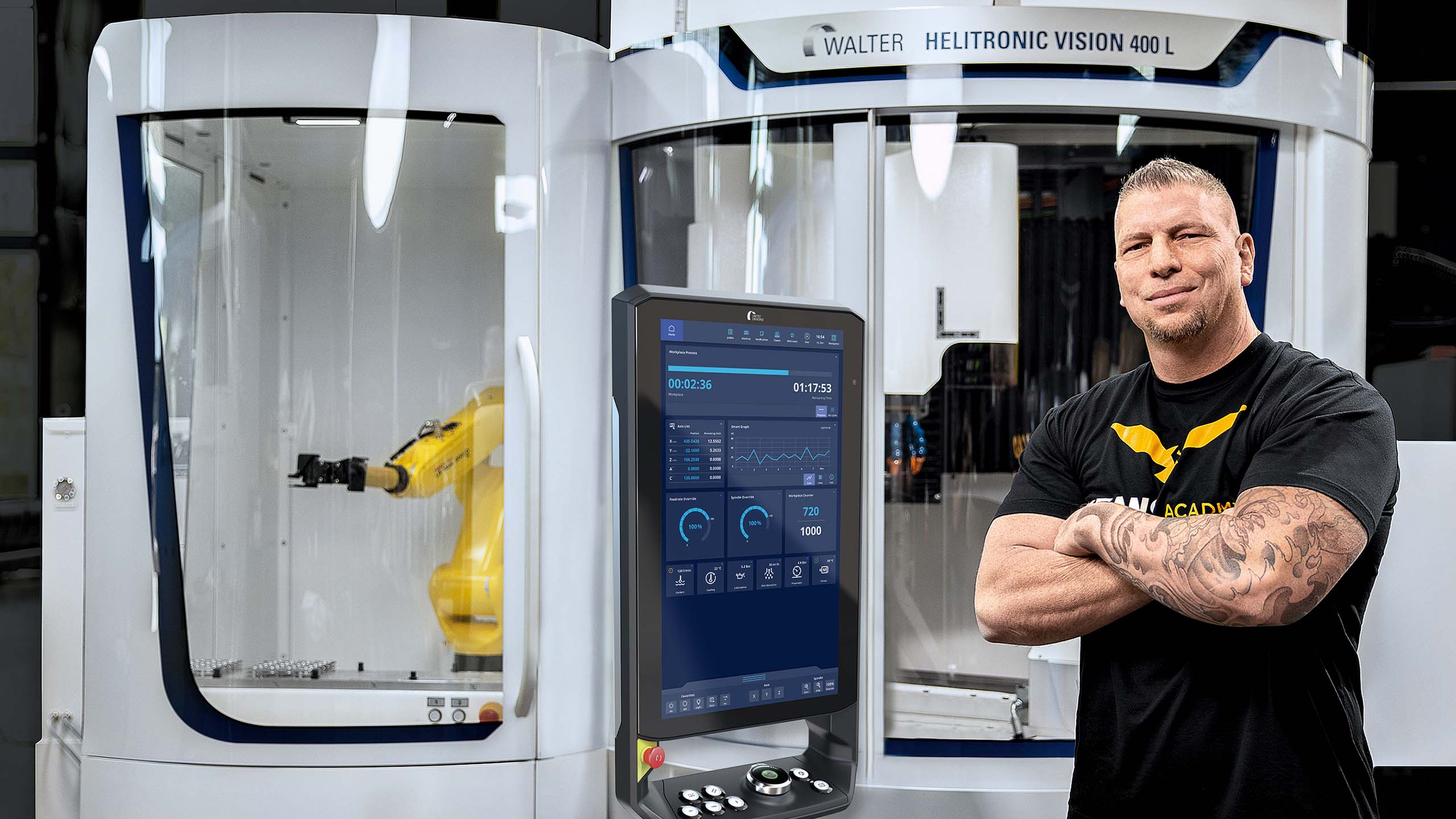Revolutionizing Electric Mobility: Exploring Sustainable Alternatives Beyond Rare Earths and Lithium

In the race towards sustainable transportation, economies across world are coming up with different efficient topologies of electric vehicles. These topologies are having variations in motor technologies and the energy storage systems. Presently most electric vehicles use rare earth permanent magnets for their motoring operation and the lithium-ion cells for energy storage. Though the performance of both is outstanding, they also come up with some technical limitations, operation under high temperature being a major bottleneck. Although, natural and forced liquid cooling methods are used to nullify the harmful effects of temperature on these, their viability is doubtful under diverse operating conditions and drive cycles. Apart from the technological aspects rare earth permanent magnets and the lithium also have cost, supply chain, and environmental issues with them. Supply chain of these materials is mostly confined to a single source, which poses a serious threat to the flexibility of supply chain.
To counter and overcome these supply chain issues, keeping the performance of the electric vehicles intact is the need of the hour. Economies have started exploring options of using materials other than rare earth permanent magnets and lithium in electric vehicles. Synchronous reluctance Motors and Induction Motors have come out as an alternative for Permanent Magnet Motors. Whereas sodium and hydrogen are coming up as an alternative for the lithium powered batteries. Using these materials in our electric vehicles we can have a more sustainable approach for transportation.
Synchronous Reluctance Motor
Synchronous reluctance motors represent another alternative to permanent magnet motors for electric vehicles, offering a balance of efficiency, simplicity, and cost-effectiveness. In a synchronous reluctance motor, the rotor is designed with salient poles and a low reluctance magnetic path. When subjected to a rotating magnetic field generated by the stator windings, the rotor aligns itself to minimize magnetic reluctance, resulting in torque production. Synchronous reluctance motors do not require rotor windings or permanent magnets, simplifying the motor construction and reducing manufacturing costs.
One of the primary advantages of synchronous reluctance motors is their high efficiency and power factor, especially at partial load conditions. By eliminating rotor losses associated with rotor currents or permanent magnets, synchronous reluctance motors can achieve efficiency levels comparable to or even surpassing permanent magnet motors in certain operating regimes. Moreover, synchronous reluctance motors offer inherent robustness and reliability due to their simple construction and absence of wearing parts such as brushes or commutators. This makes them well-suited for electric vehicle applications, where durability and maintenance requirements are critical considerations.
Induction Motor
Induction motors, also known as asynchronous motors, have been in use for decades in various industrial applications due to their robustness, simplicity, and reliability. Unlike permanent magnet motors, which rely on magnets to produce a magnetic field, induction motors use electromagnetic induction to generate torque. In an induction motor, alternating current (AC) is supplied to the stator windings, creating a rotating magnetic field. This magnetic field induces currents in the rotor, producing torque and causing the rotor to rotate. Induction motors are known for their high starting torque, which is advantageous for electric vehicles, especially during acceleration.
One of the key advantages of induction motors is their mature and well-established technology, which results in lower manufacturing costs compared to permanent magnet motors. Additionally, induction motors do not require rare earth magnets, making them less susceptible to supply chain disruptions and environmental concerns associated with rare earth mining.
Sodium based Battery Technology
Sodium, a soft and silvery-white alkali metal, holds promise as a fuel for electric vehicles due to its high energy density and abundance. Unlike traditional lithium-ion batteries, which rely on chemical reactions to store and release energy, sodium-based systems harness the metal’s inherent reactivity to generate electricity. The basic principle involves the controlled reaction of sodium with a suitable electrolyte, such as molten salt or liquid ammonia, to produce electrical energy. One of the primary advantages of sodium-based fuel systems is the abundance and low cost of sodium compared to other metals such as lithium.
Sodium is the sixth most abundant element on Earth’s crust, making it an attractive option for large-scale energy storage and transportation applications. Additionally, sodium-based systems offer high energy density, enabling EVs to achieve longer driving ranges on a single charge. Moreover, sodium-based fuels are relatively safe and environmentally friendly compared to traditional fossil fuels. Unlike gasoline or diesel, which produce harmful emissions when burned, sodium-based systems generate electricity through electrochemical reactions without combustion, resulting in zero tailpipe emissions. This not only reduces air pollution but also mitigates greenhouse gas emissions, contributing to efforts to combat climate change.
Hydrogen Fuel Cells
Long hailed as the fuel of the future, hydrogen offers a clean and efficient energy source that can power a variety of applications, including electric vehicles (EVs). As the world seeks alternatives to fossil fuels to mitigate climate change and reduce dependence on finite resources, hydrogen-powered electric vehicles are gaining traction. At the heart of hydrogen-powered electric vehicles lies the fuel cell, a device that converts hydrogen into electricity through an electrochemical reaction. The basic principle involves the combination of hydrogen and oxygen from the air to produce electricity, with water as the only byproduct. This process is highly efficient and emits zero greenhouse gases or pollutants during operation, making it a clean and environmentally friendly energy solution.
One of the primary advantages of hydrogen fuel cells is their high energy density, which enables longer driving ranges compared to battery powered EVs. Unlike traditional batteries, which store energy chemically, hydrogen fuel cells produce electricity through continuous chemical reactions, providing a constant power supply for extended periods. Moreover, hydrogen fuel cells offer fast refuelling times, like conventional gasoline vehicles, addressing one of the key barriers to widespread EV adoption – range anxiety. With refuelling times of just a few minutes, hydrogen-powered vehicles can provide a seamless driving experience without the need for lengthy recharging stops. Additionally, hydrogen is abundant and can be produced from various renewable sources, including water electrolysis and biomass conversion. This versatility makes hydrogen a sustainable alternative to fossil fuels, with the potential to reduce greenhouse gas emissions and dependence on imported oil.
Final words
While permanent magnet motors remain the dominant choice for electric vehicles, alternative motor technologies such as induction motors and synchronous reluctance motors are poised to play an increasingly significant role in the future of sustainable transportation. Continued research and development efforts aimed at improving the performance, efficiency, and cost-effectiveness of these motor technologies will drive their adoption and contribute to the advancement of electric mobility worldwide. Likewise, both Sodium Battery and Hydrogen fuel cell technology face several challenges and limitations that have hindered its widespread adoption, despite their many advantages. Continued research and development are going around the world to overcome these and make their adoptability easy and widespread.
Authored By – Dr. Ramesh Singh ‘ Senior Product Manager (Corporate Product Management, CTO Group)- Tata Elxsi





